Hybrid Nanofluid In Cavity CFD Simulation, Numerical Paper Validation
Hybrid Nanofluid In Cavity CFD Simulation, Numerical Paper Validation
- Upon ordering this product, you will be provided with a geometry file, a mesh file, and an in-depth Training Video that offers a step-by-step training on the simulation process.
- For any more inquiries regarding the product, please do not hesitate to reach out to us at info@CFDLAND.com or through our online support assistant.
€195.00 Original price was: €195.00.€145.00Current price is: €145.00.
By combining the benefits of forced and natural convection, mixed convection heat transfer—which involves hybrid Al2O3-Cu/water nanofluid flow in a cavity significantly improves thermal performance. These designs, which are typified by recirculation zones and vortices, improve mixing and heat dispersion inside the cavity. Because of its improved thermal qualities, the hybrid nanofluid is useful for applications needing high-performance heating or cooling, such as industrial processes, energy systems, and the cooling of electronic devices. In our recent study, a valuable paper entitled “ Effect of boundary conditions on heat transfer and entropy generation during two-phase mixed convection hybrid Al2O3-Cu/water nanofluid flow in a cavity [1]“ is targeted to be VALIDATED using ANSYS Fluent.
- Reference [1]: Kashyap, Dhrubajyoti, and Anoop K. Dass. “Effect of boundary conditions on heat transfer and entropy generation during two-phase mixed convection hybrid Al2O3-Cu/water nanofluid flow in a cavity.” International Journal of Mechanical Sciences157 (2019): 45-59.
Figure 1: Schematic diagram of computational model with boundary conditions [1]
Simulation Process
The simple geometry ease the process of generating structured grid in the square domain. As entitled, a hybrid water/Al2O3 nanofluid fills the cavity. On account of proper accuracy, a single-phase approach is considered. In our targeted case, nanofluid volume fraction is 2% and Richardson number is 1. As given in the reference paper, Figure 2, Nusselt number is expected to be about 18.
Figure 2: Nusselt number as the main objective for validation purpose [1]
Post-processing
The velocity field visualization beautifully captures the primary circulation pattern driving heat transfer enhancement within the cavity. Notice the elegant elliptical streamlines forming a dominant central vortex, with maximum velocities (8.32×10⁻⁵ m/s, yellow-green regions) occurring near the walls where temperature gradients are steepest. This circulation pattern efficiently transports heat from hot to cold surfaces, explaining why our calculated Nusselt number (16.92) aligns remarkably well with the reference value (18), showing just 6% deviation. Such close agreement validates our CFD simulation approach and confirms the accuracy of our thermophysical property models for the hybrid nanofluid.
Table1: Validation of hybrid nanofluid in cavity CFD simulation problem
| Reference Paper | CFD Simulation | Error (%) | |
| Nusselt Number | 18 | 16.92 | 6 |
Figure 3: Heat recirculation inside the cavity due to thermal gradient
The temperature contour reveals the distinctive thermal structure of mixed convection in action, with the hottest region (304.8K, red) concentrated along the left wall and a clear diagonal temperature gradient stretching toward the cold right wall (295K, blue). What’s particularly interesting is how the hybrid nanofluid creates a more uniform temperature distribution in the cavity’s core (green region, approximately 301K) compared to conventional fluids. This enhanced thermal homogeneity stems from the superior thermal conductivity of the Al2O3-Cu nanoparticles, which effectively carry heat across the domain. The bottom-right corner shows strong stratification effects where cooler fluid collects, while the top-left corner demonstrates peak heating—exactly what we’d expect with Richardson number 1, where buoyancy and forced convection forces are perfectly balanced.
We pride ourselves on presenting unique products at CFDLAND. We stand out for our scientific rigor and validity. Our products are not based on guesswork or theoretical assumptions like many others. Instead, most of our products are validated using experimental or numerical data from valued scientific journals. Even if direct validation isn’t possible, we build our models and assumptions on the latest research, typically using reference articles to approximate reality.
Yes, we’ll be here . If you have trouble loading files, having technical problems, or have any questions about how to use our products, our technical support team is here to help.
You can load geometry and mesh files, as well as case and data files, using any version of ANSYS Fluent.
€330.00 Original price was: €330.00.€175.00Current price is: €175.00.

€190.00 Original price was: €190.00.€99.00Current price is: €99.00.

€265.00 Original price was: €265.00.€135.00Current price is: €135.00.

€240.00 Original price was: €240.00.€135.00Current price is: €135.00.

€220.00 Original price was: €220.00.€155.00Current price is: €155.00.

€190.00 Original price was: €190.00.€155.00Current price is: €155.00.



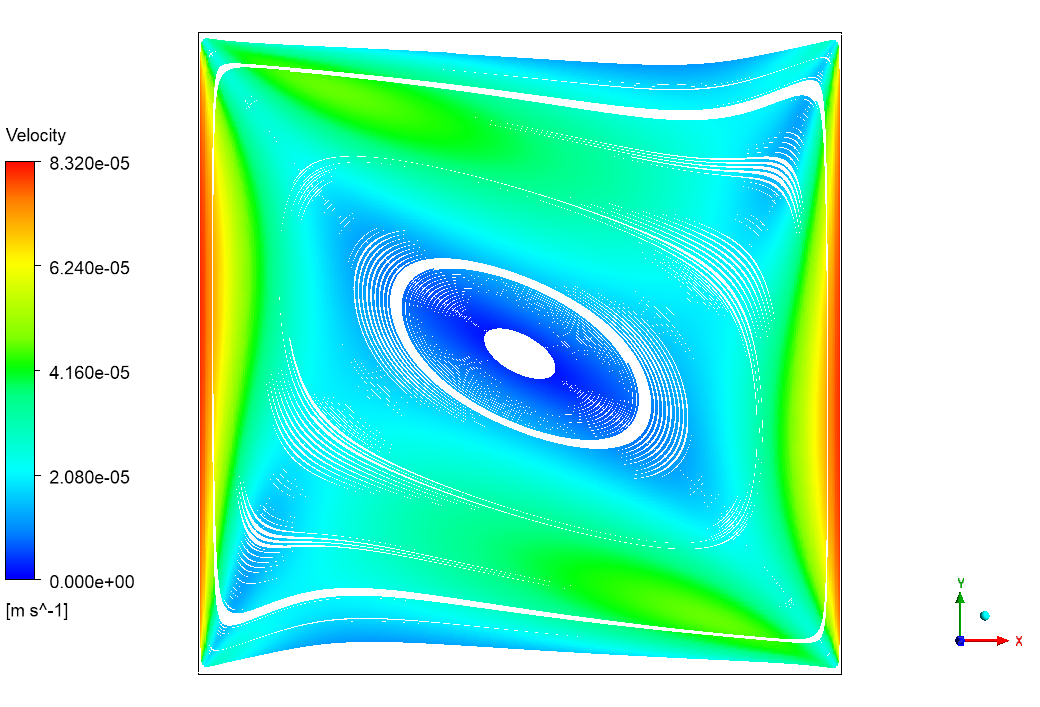
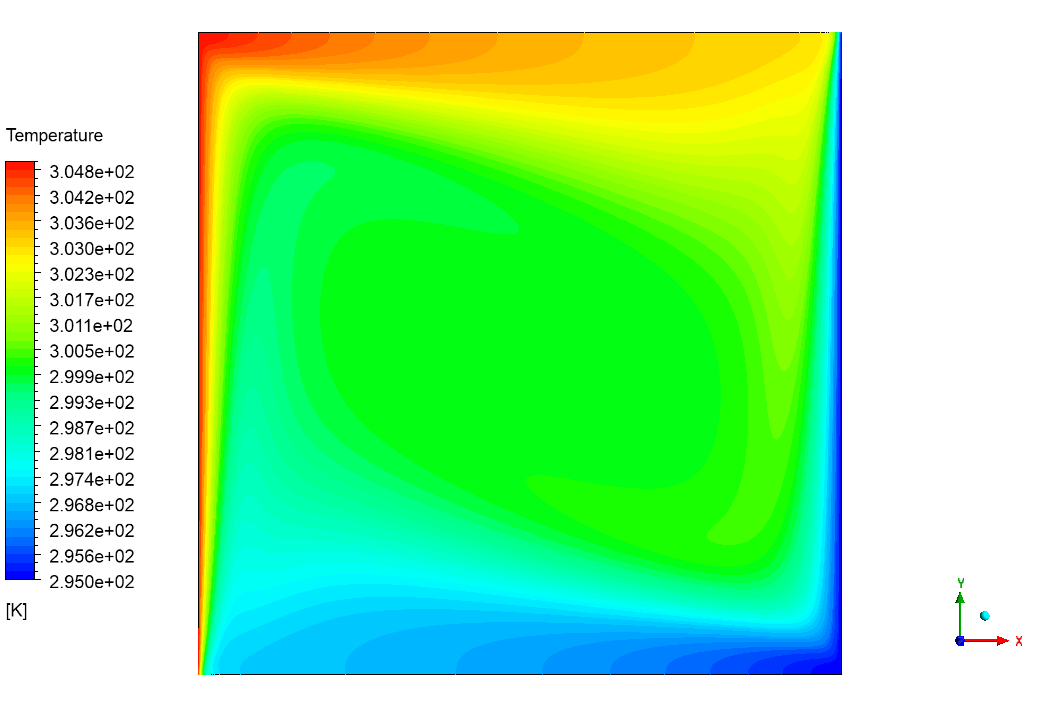
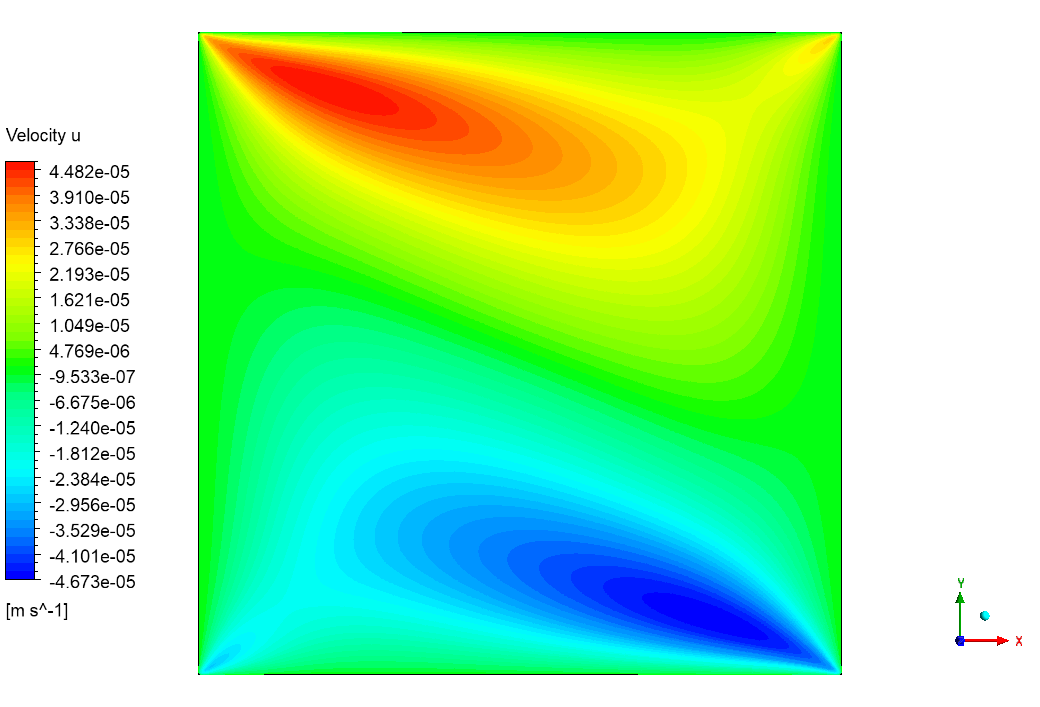
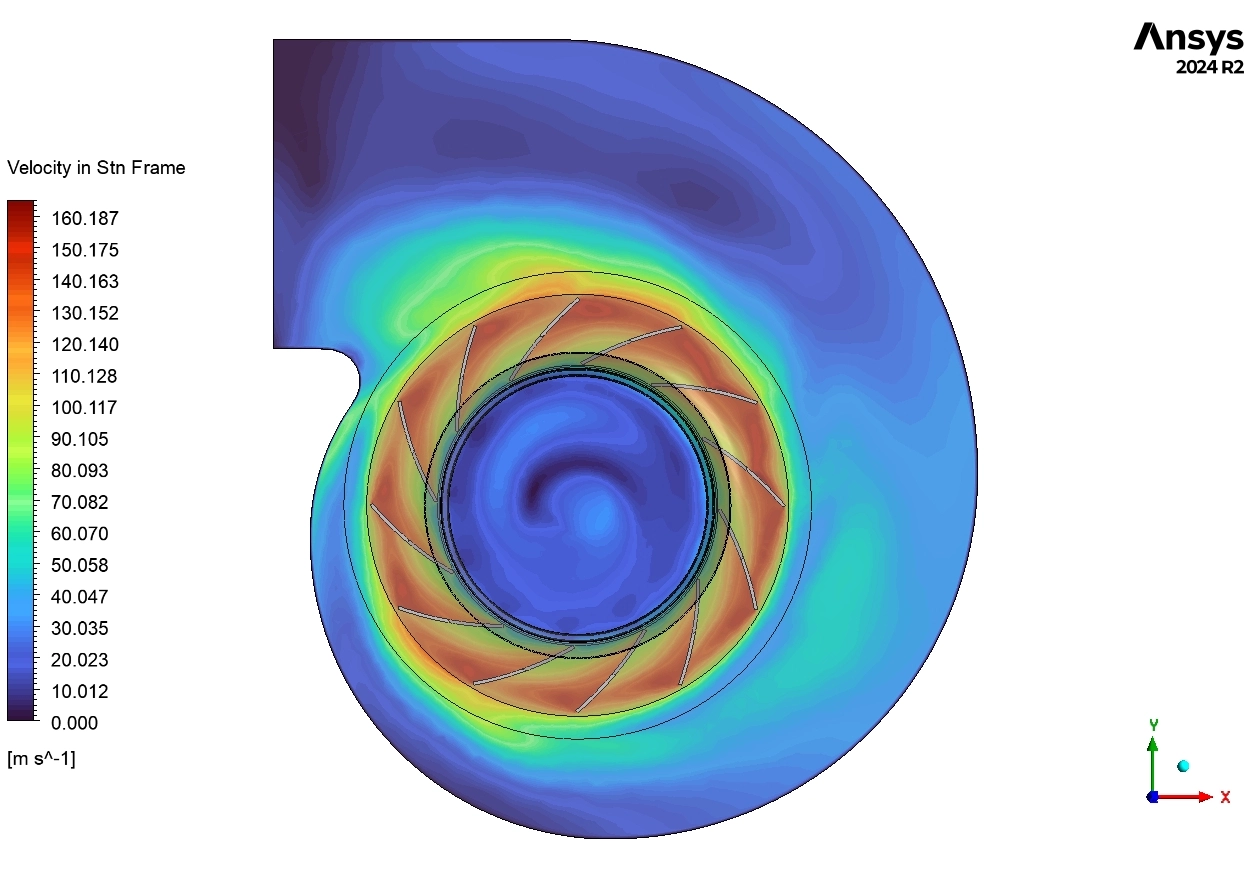
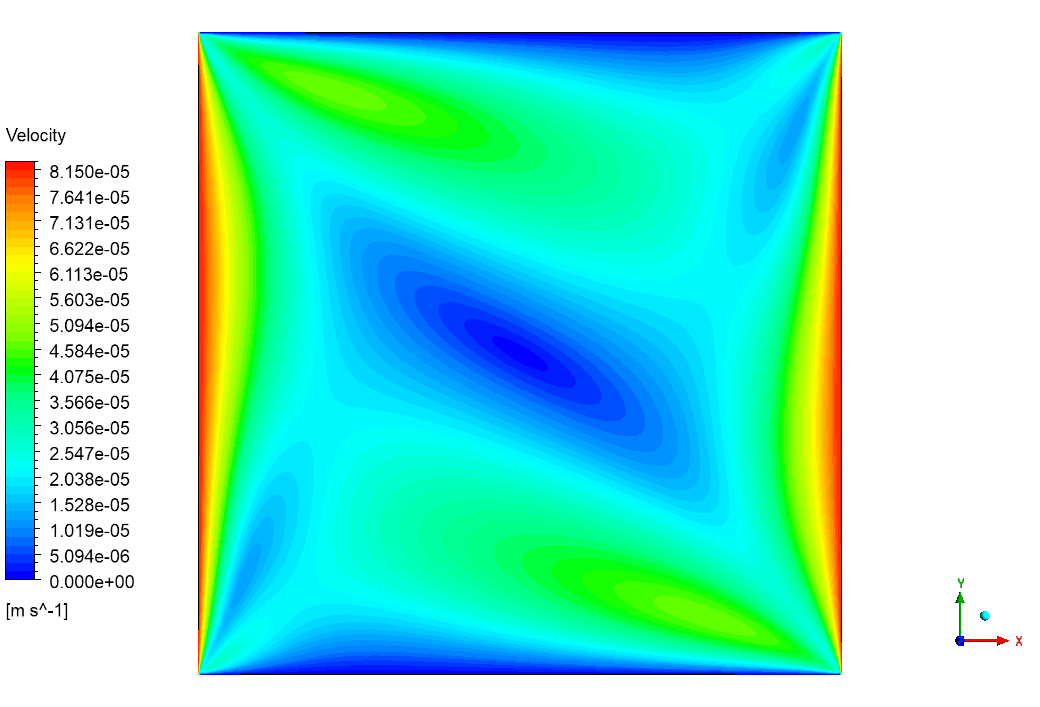
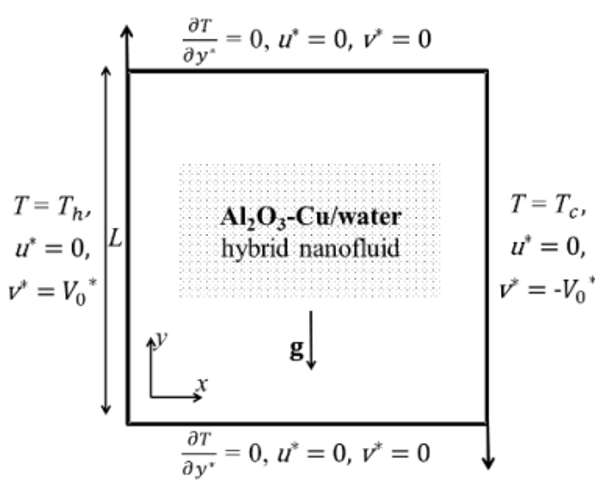
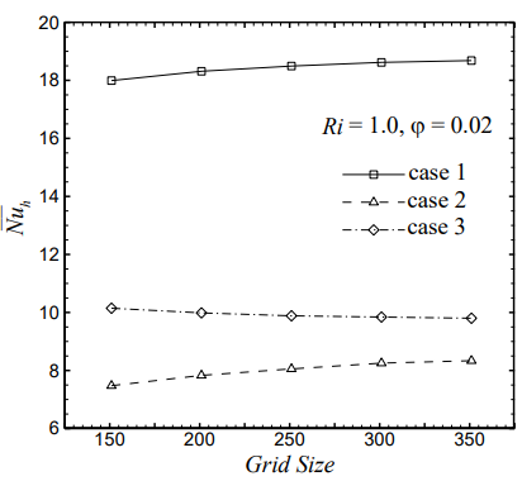
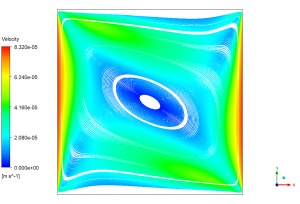





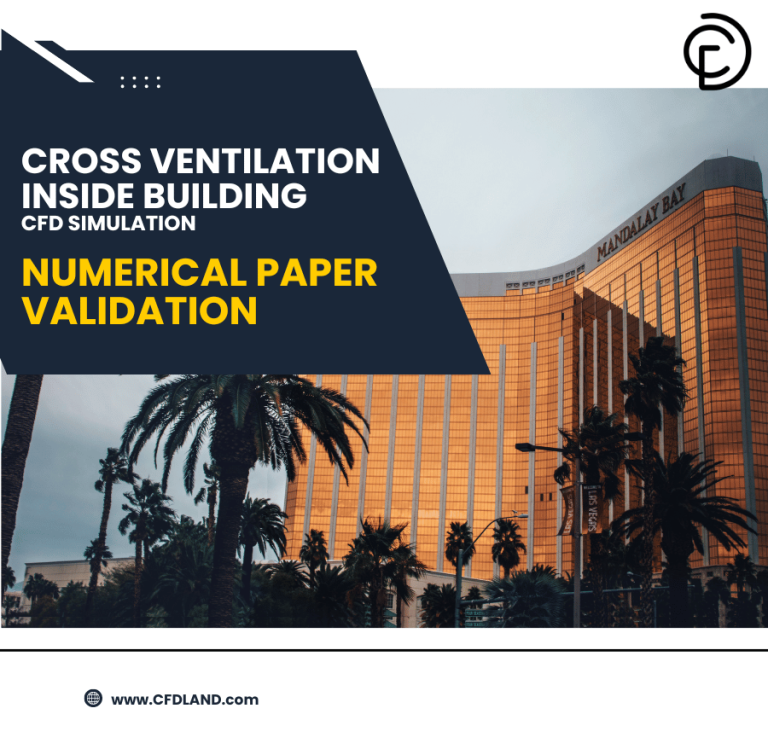
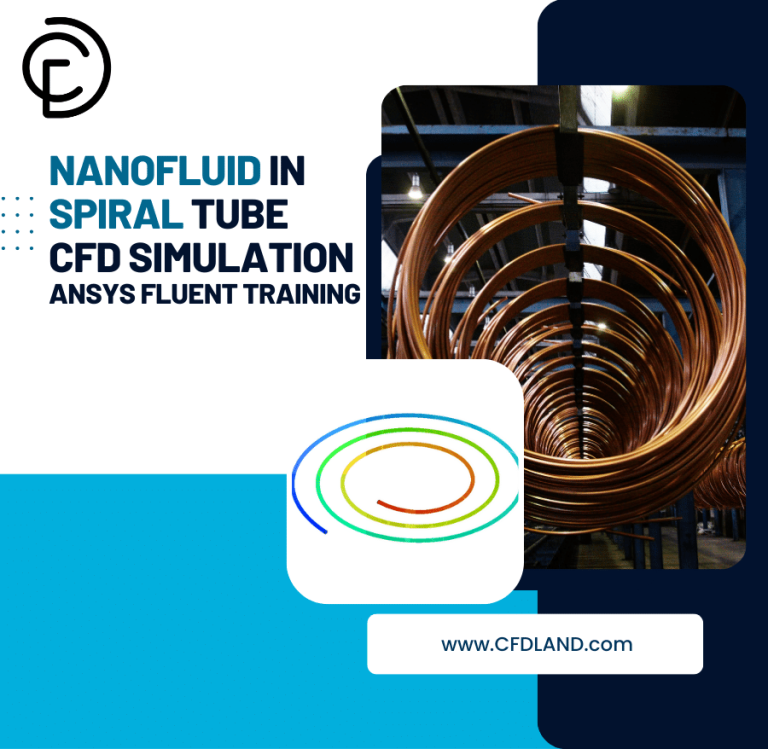
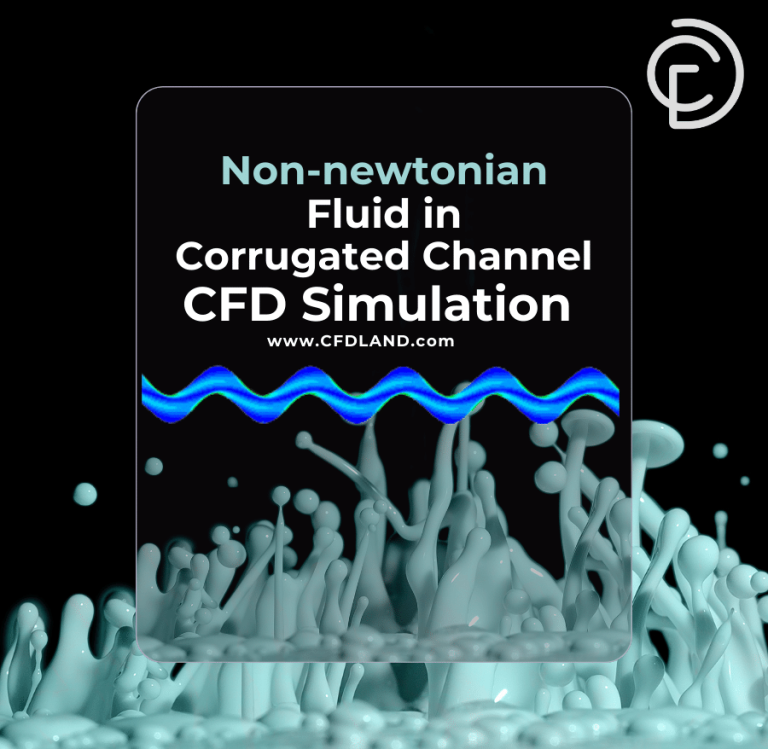
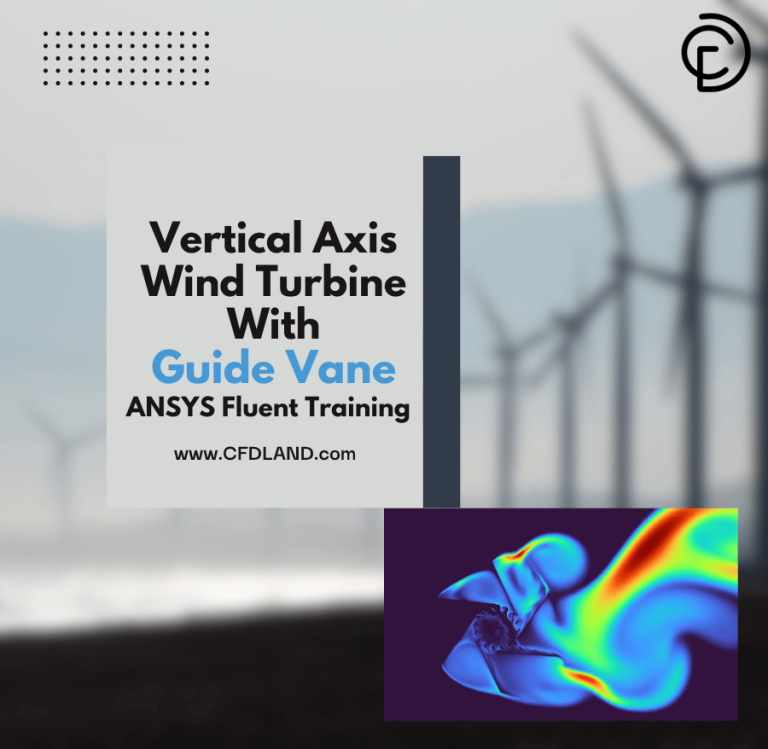
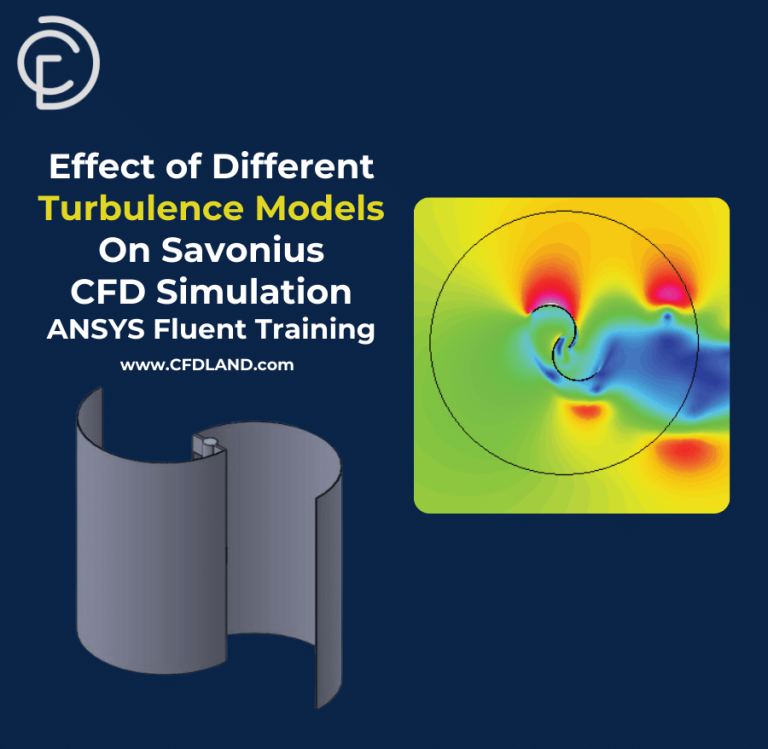
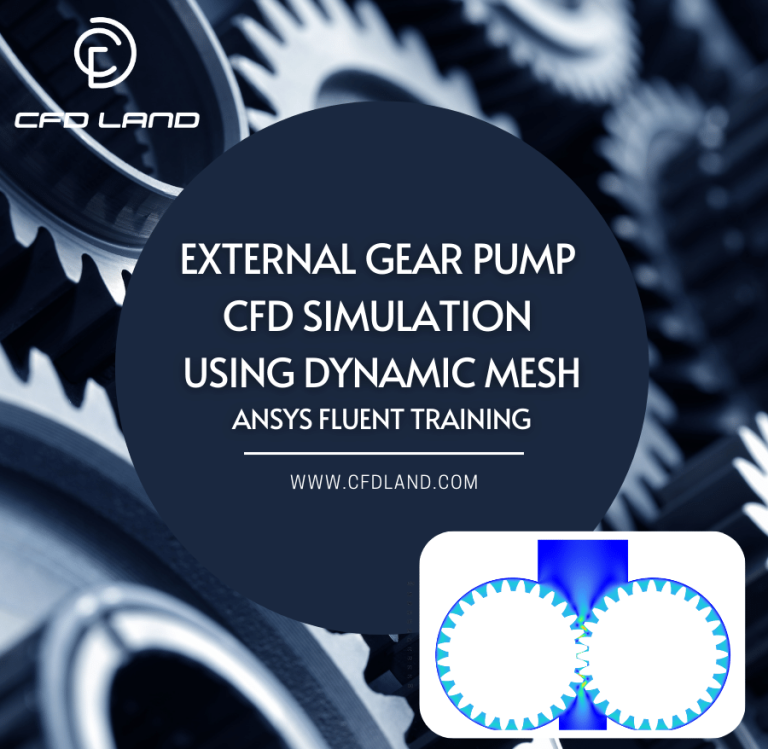
Reviews
There are no reviews yet.